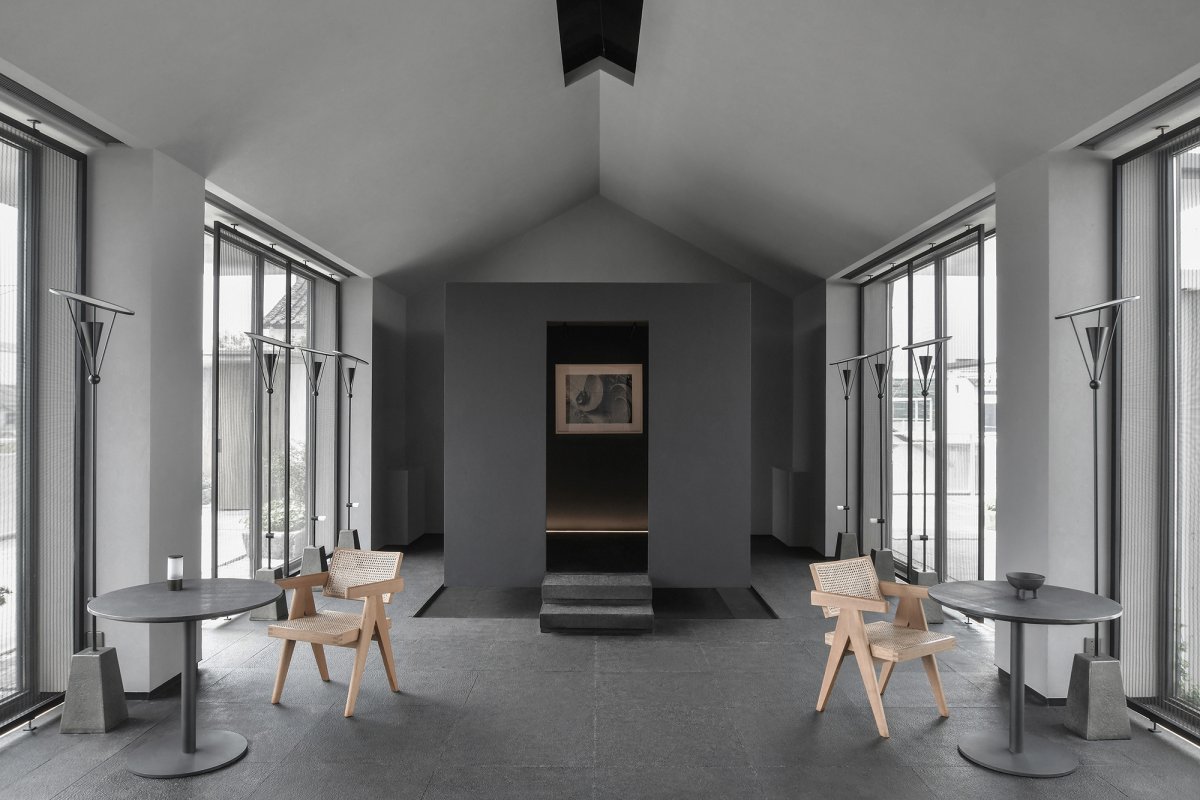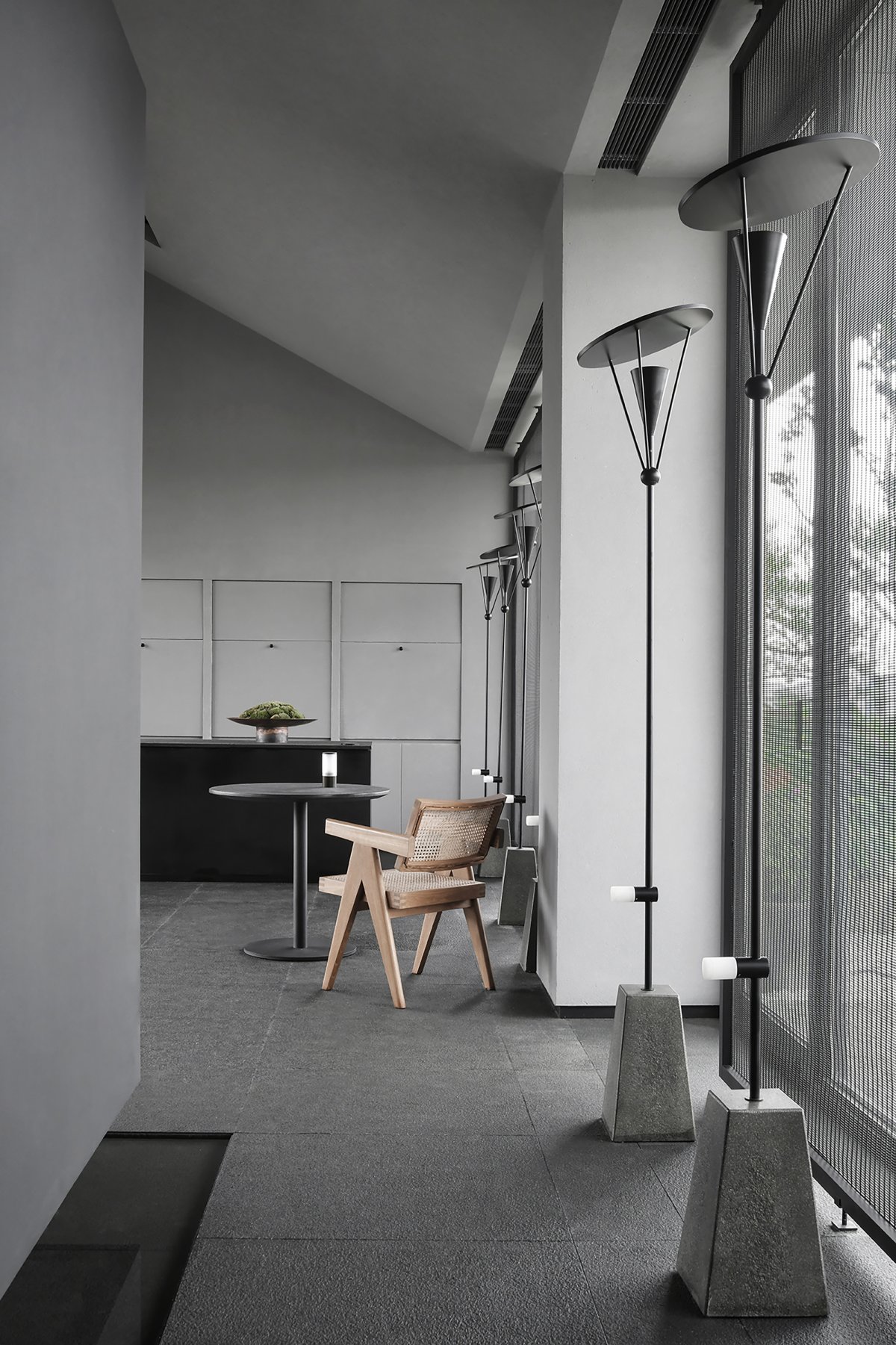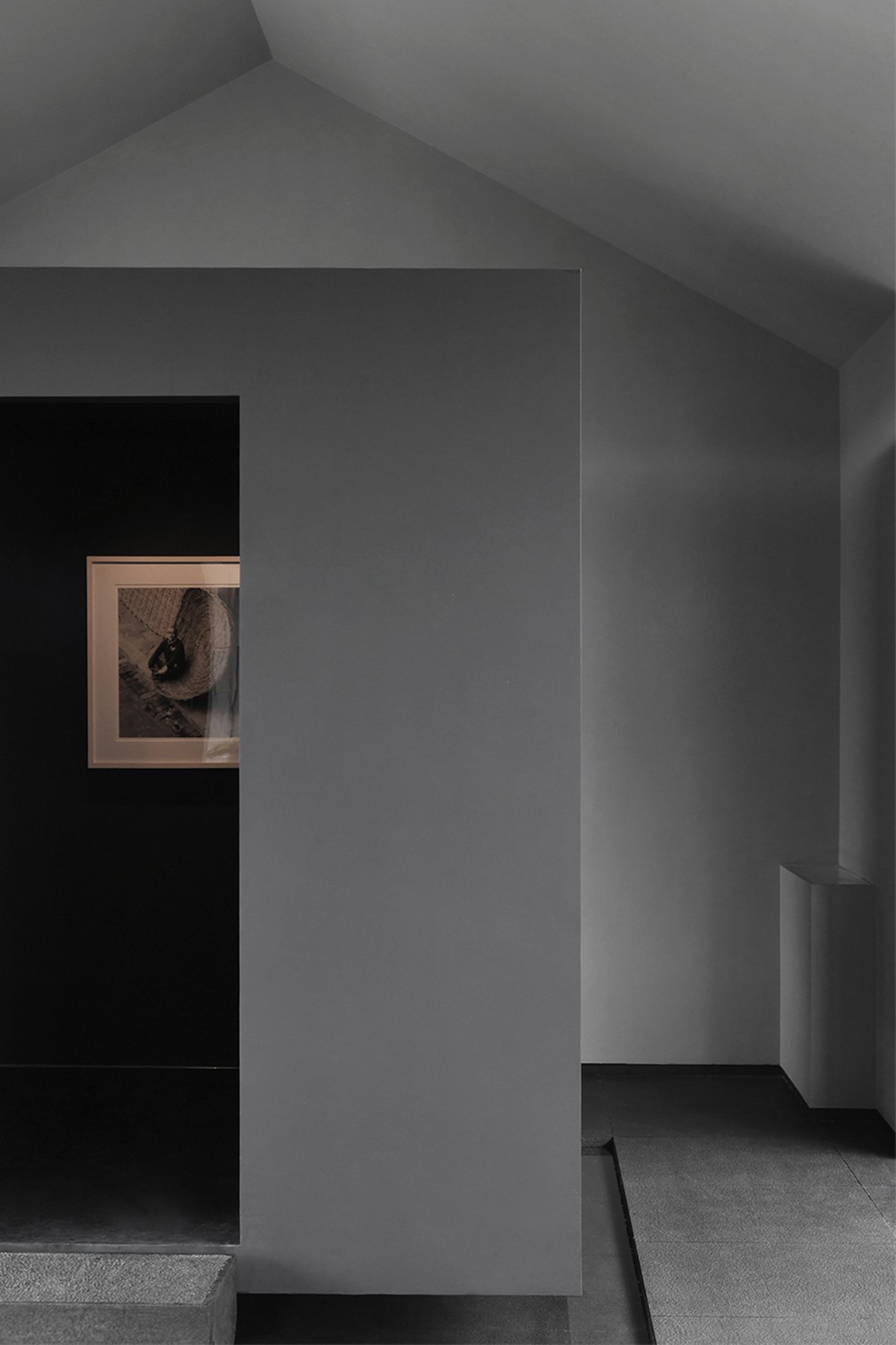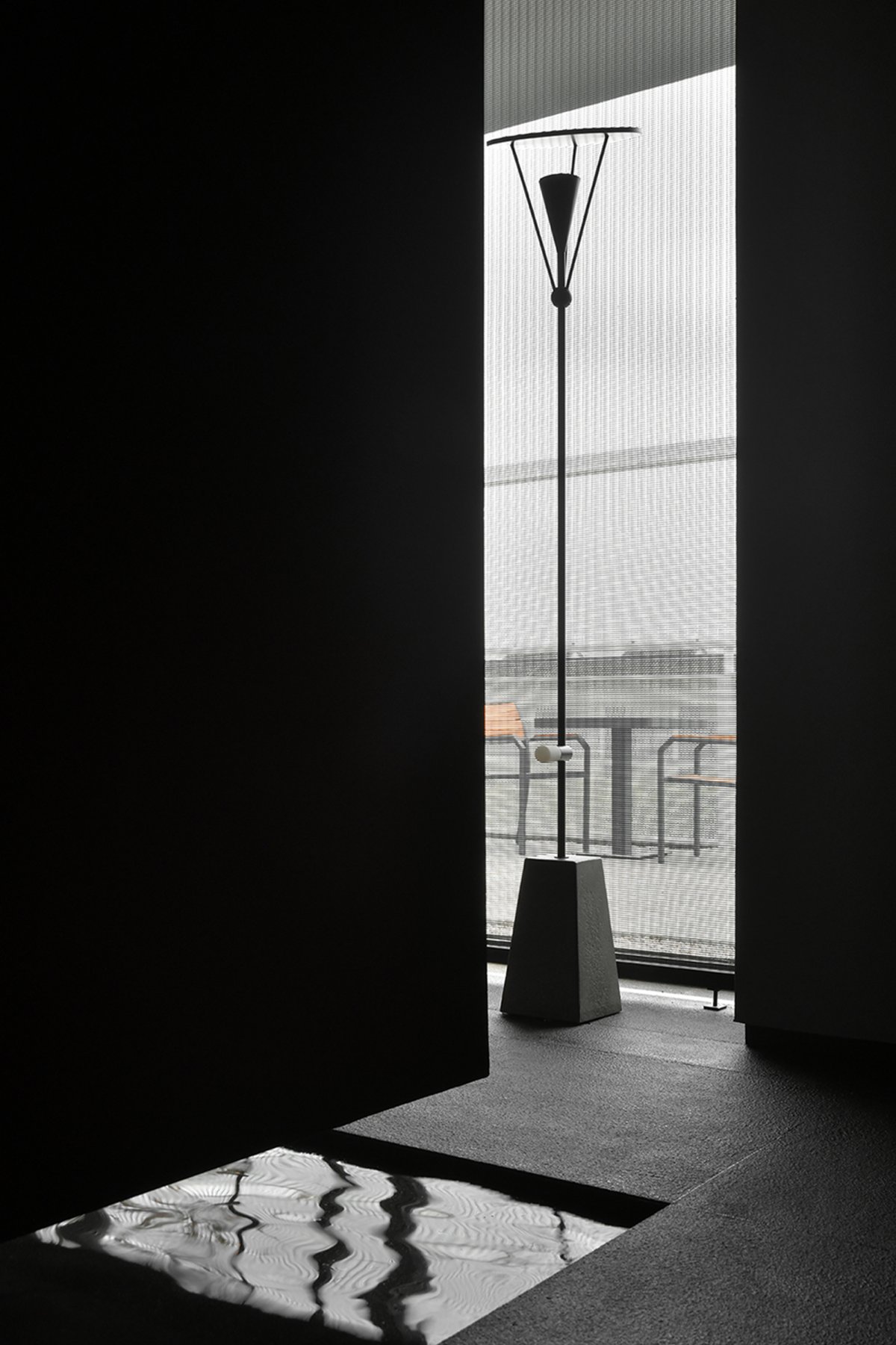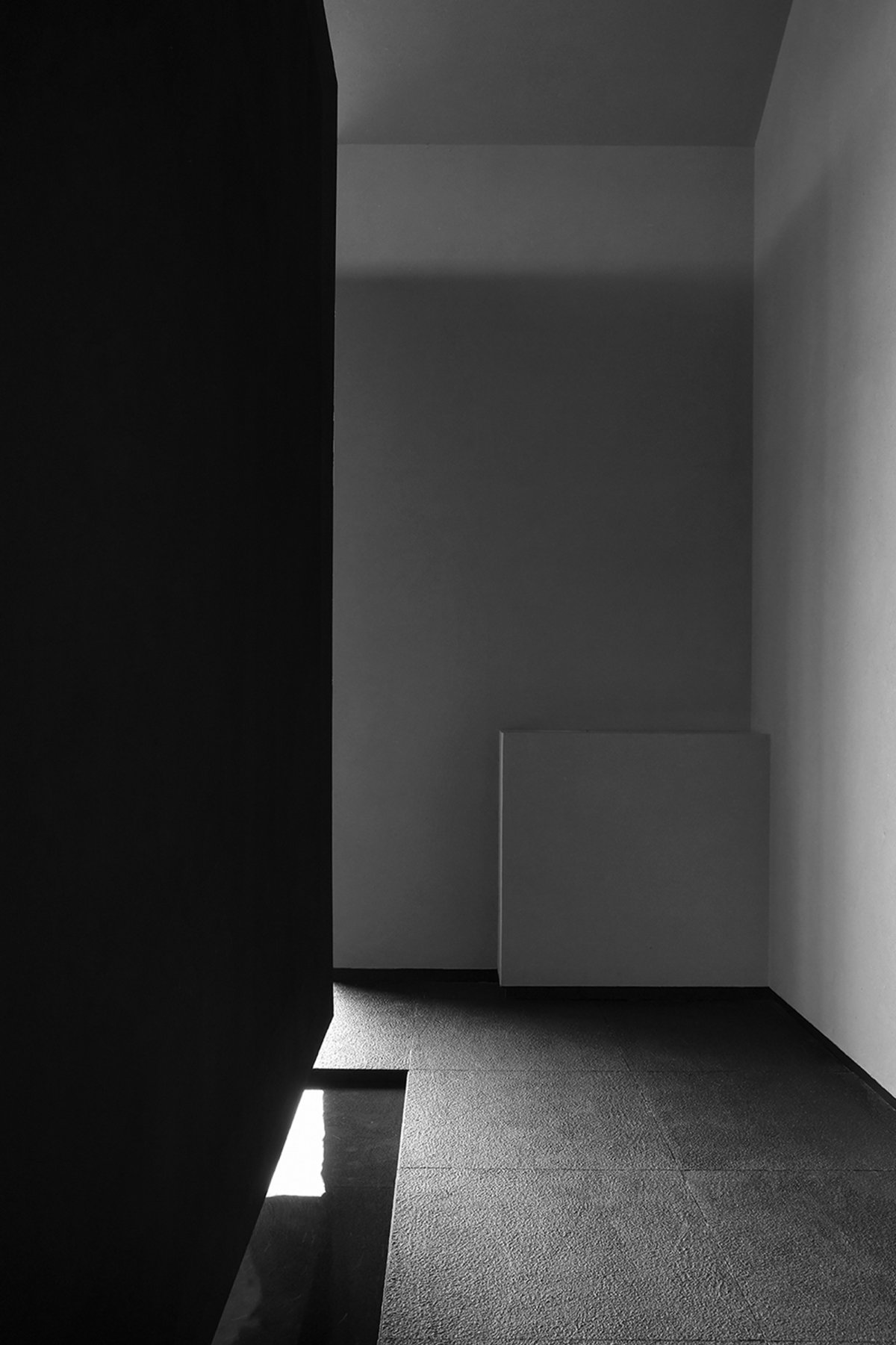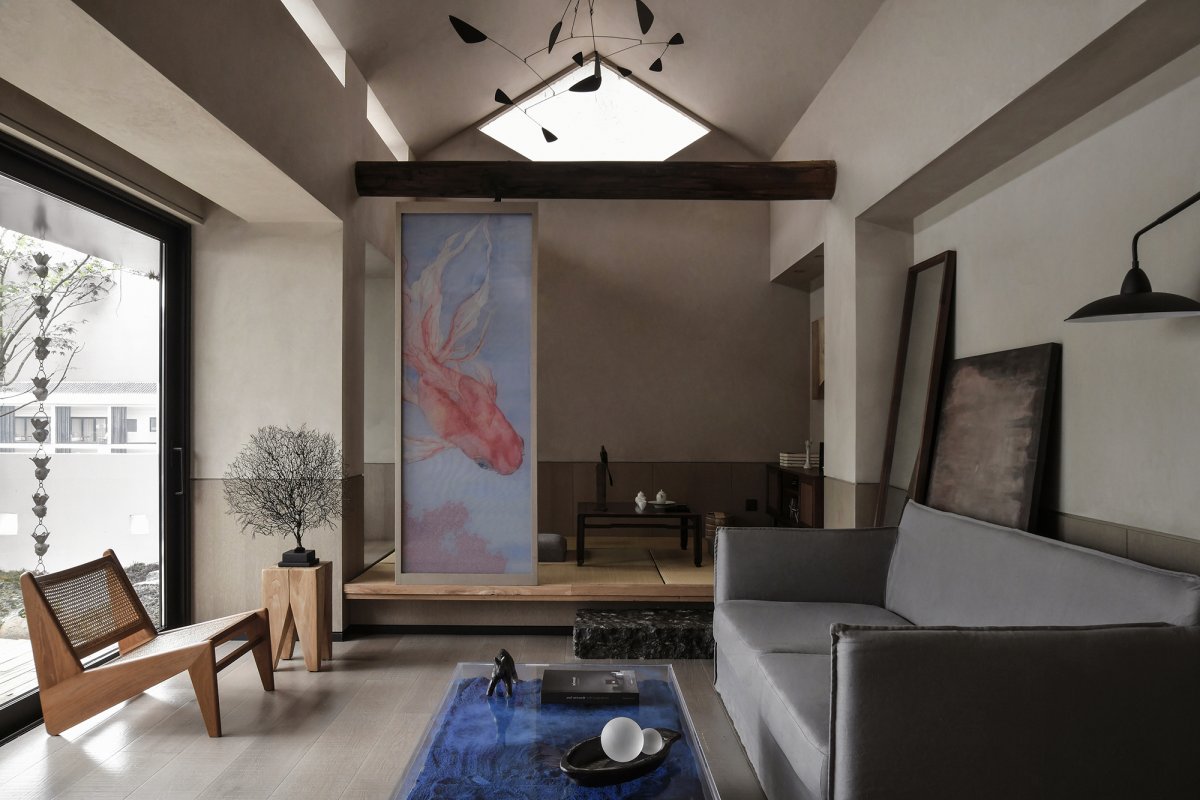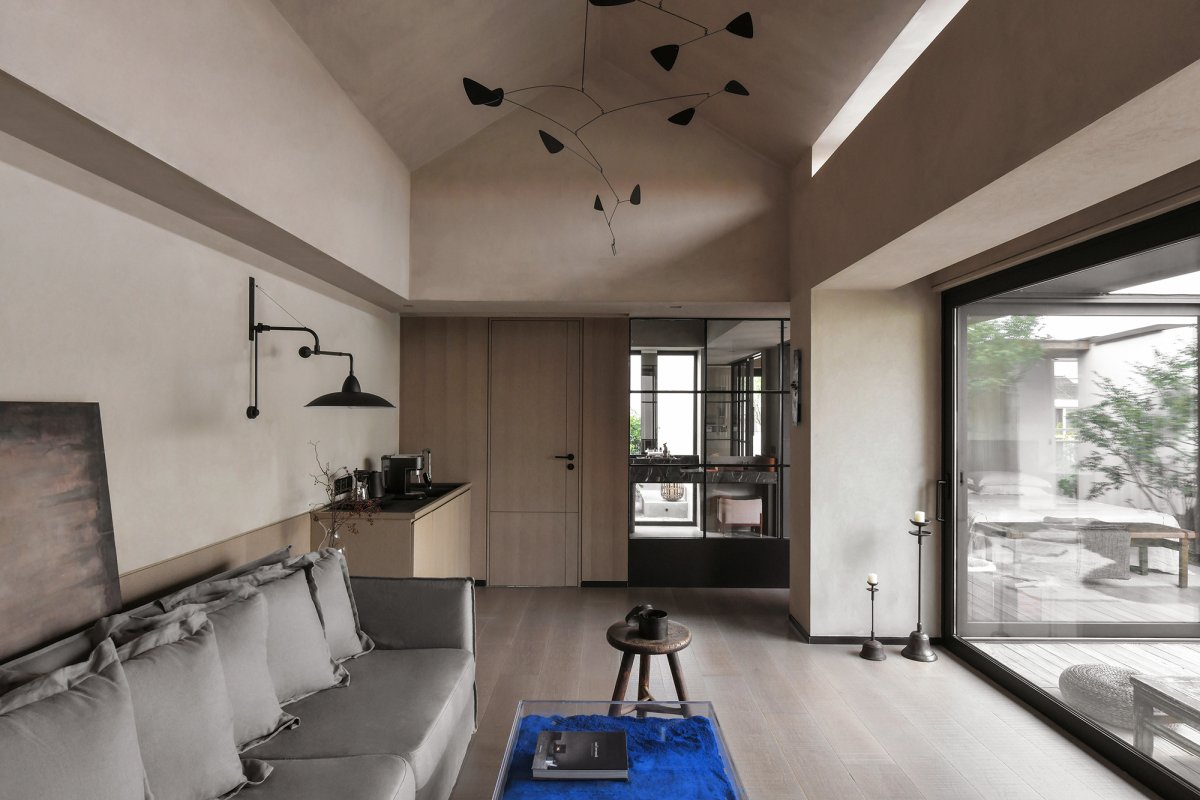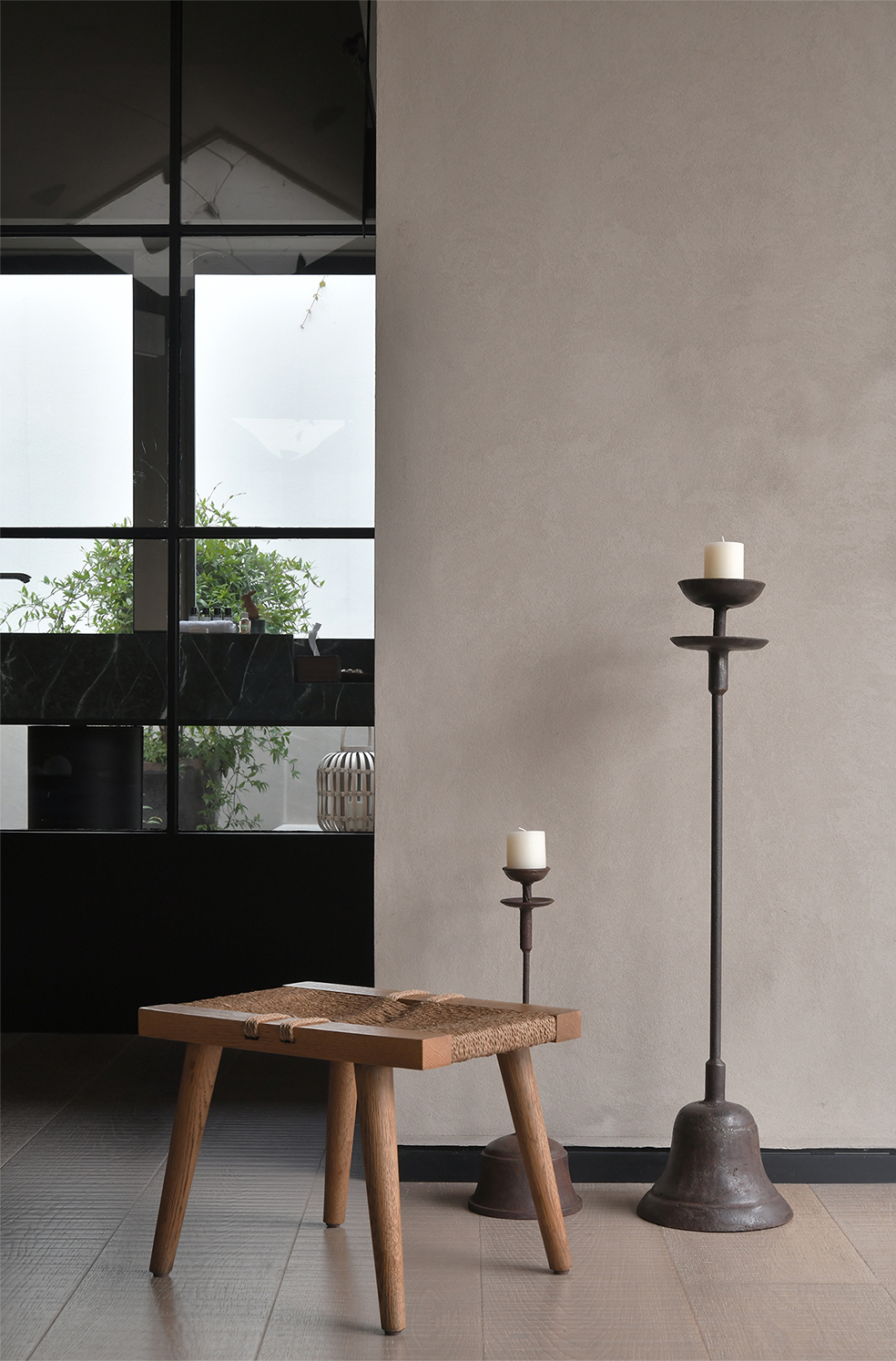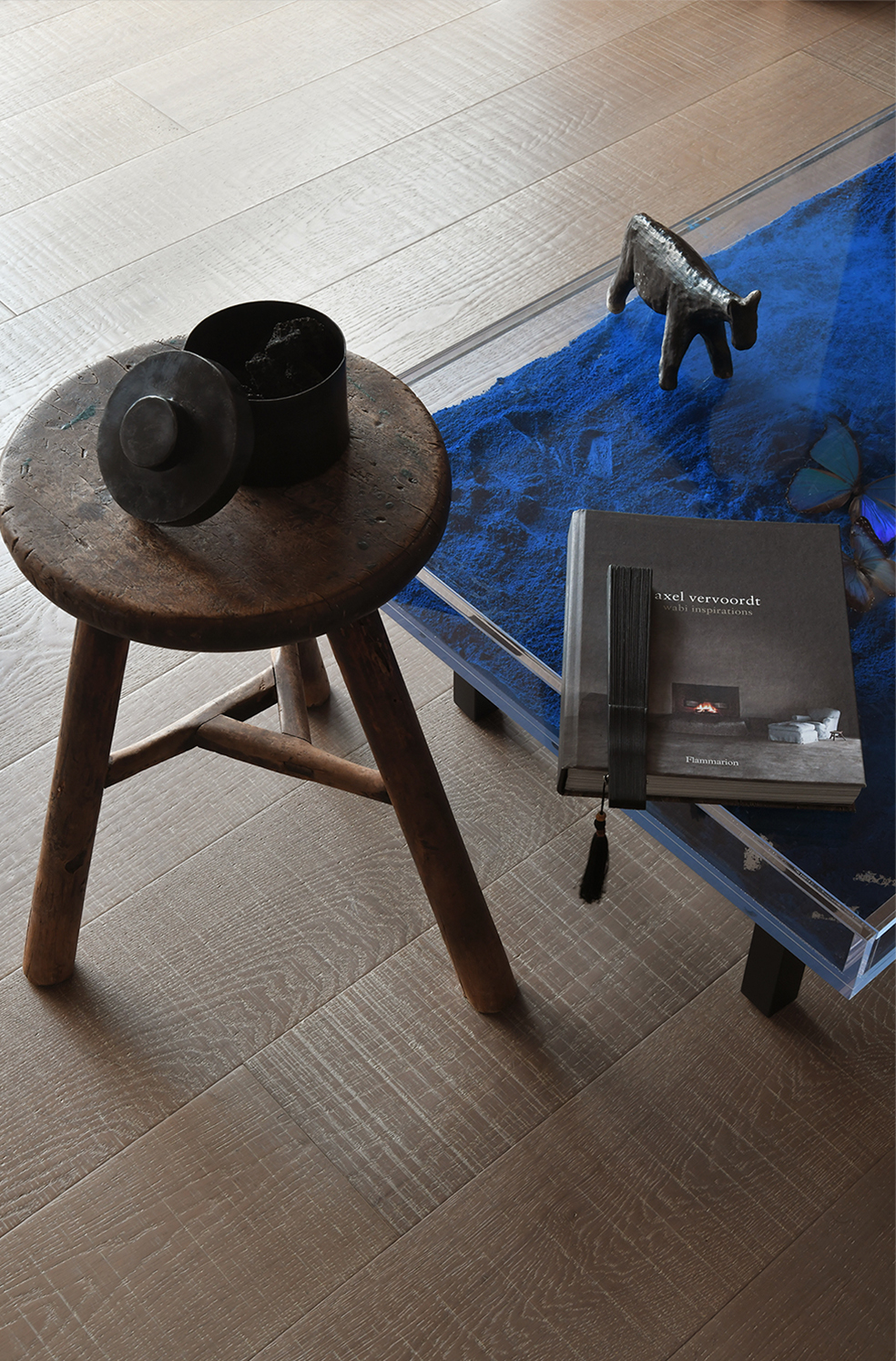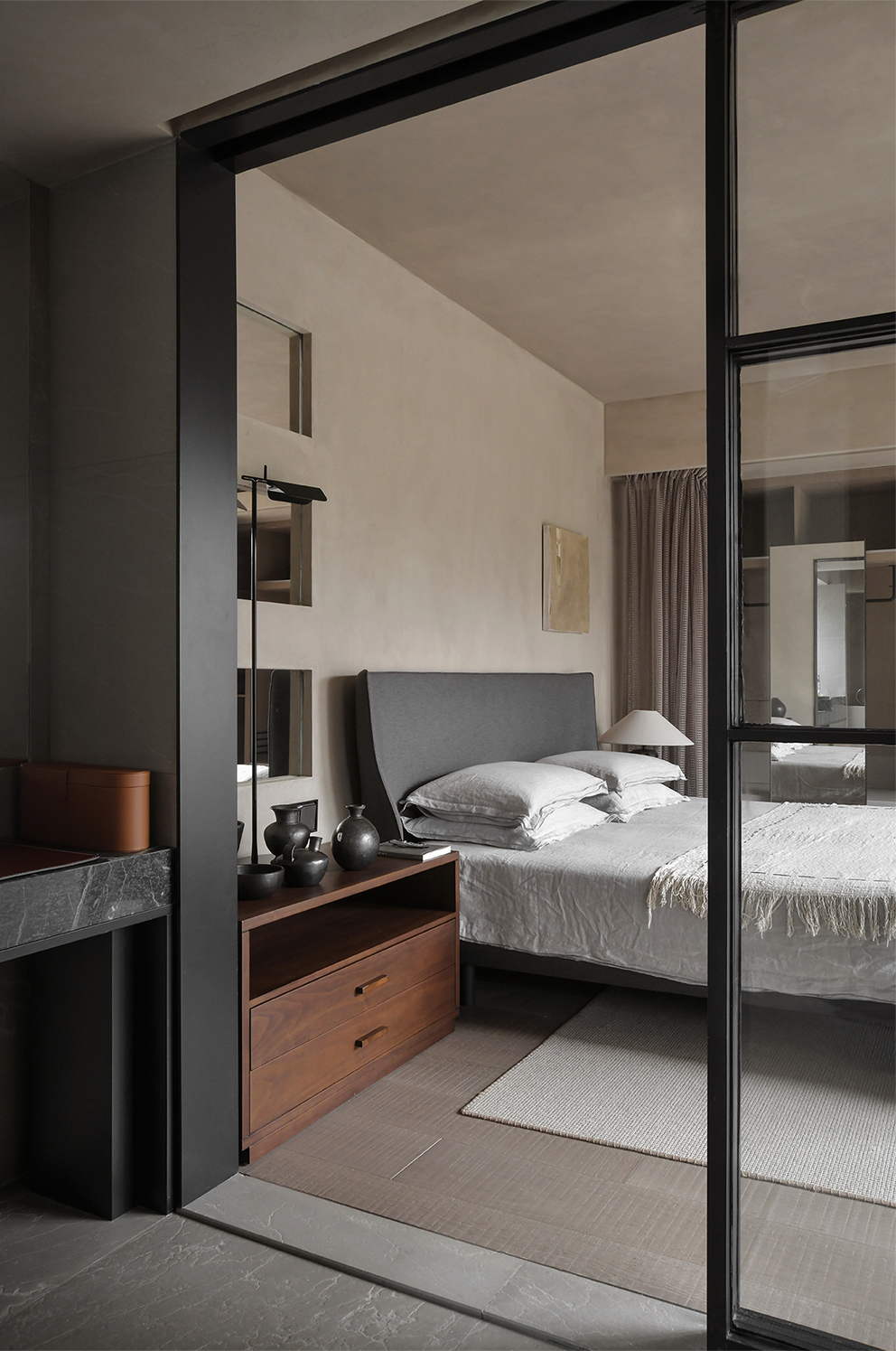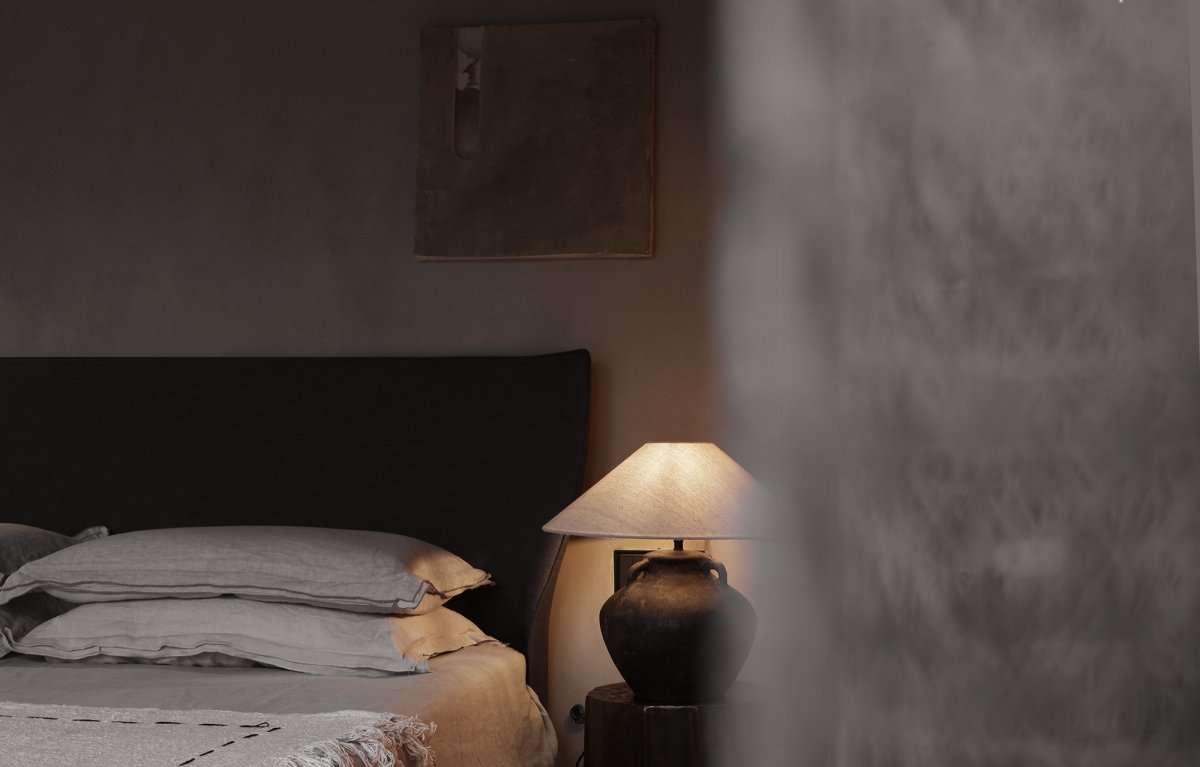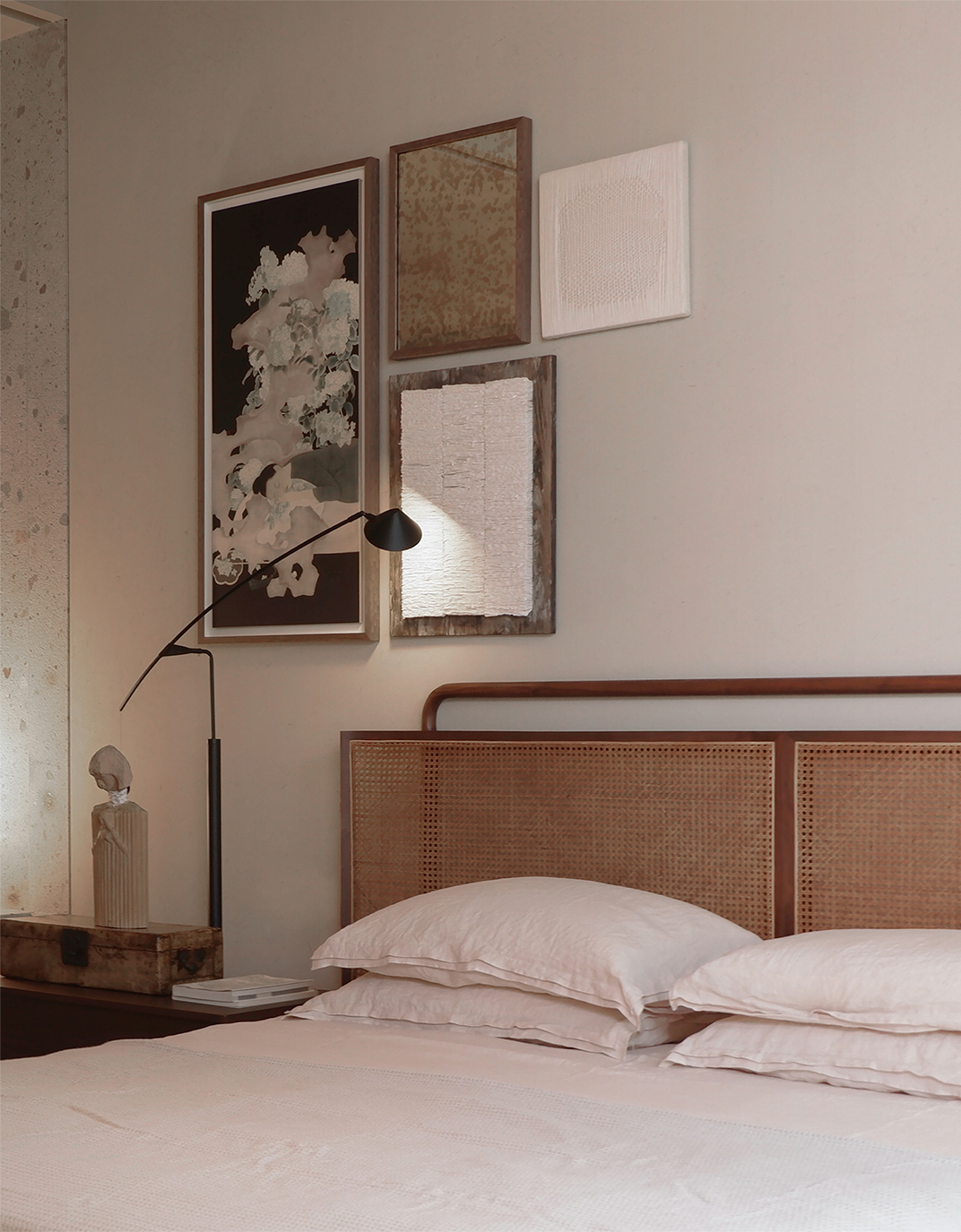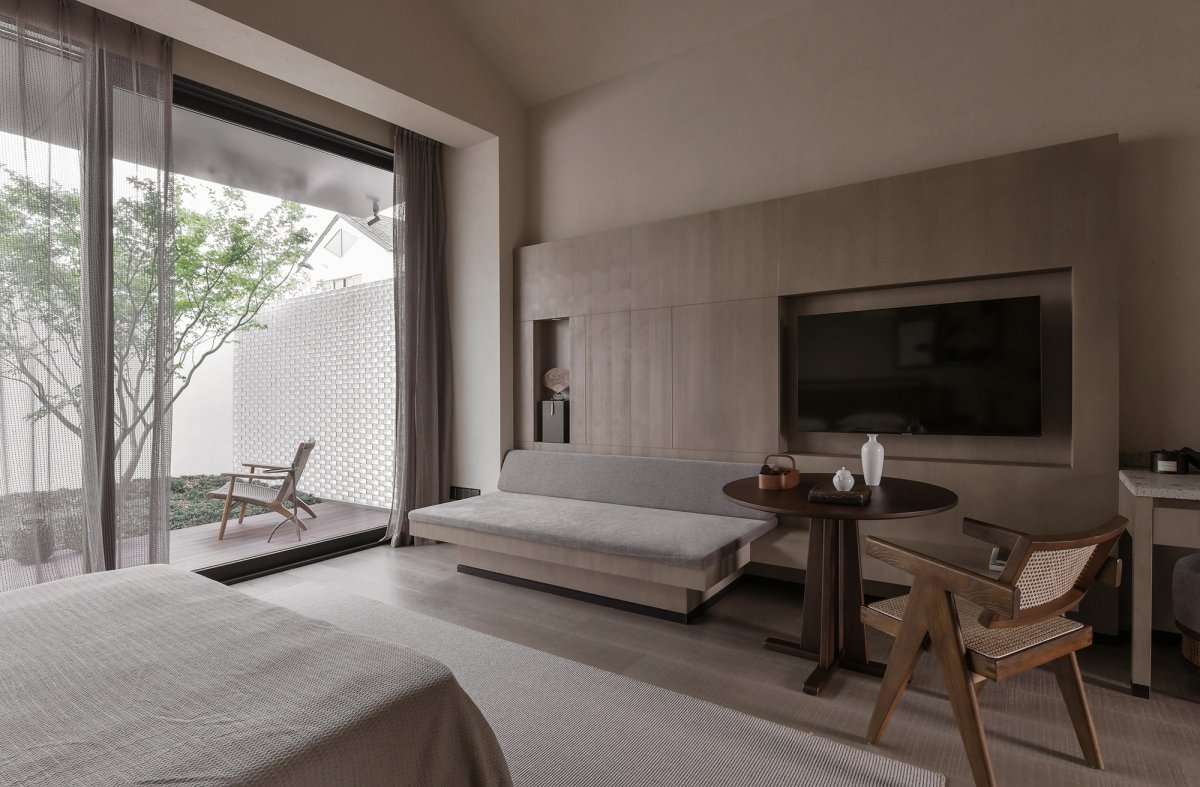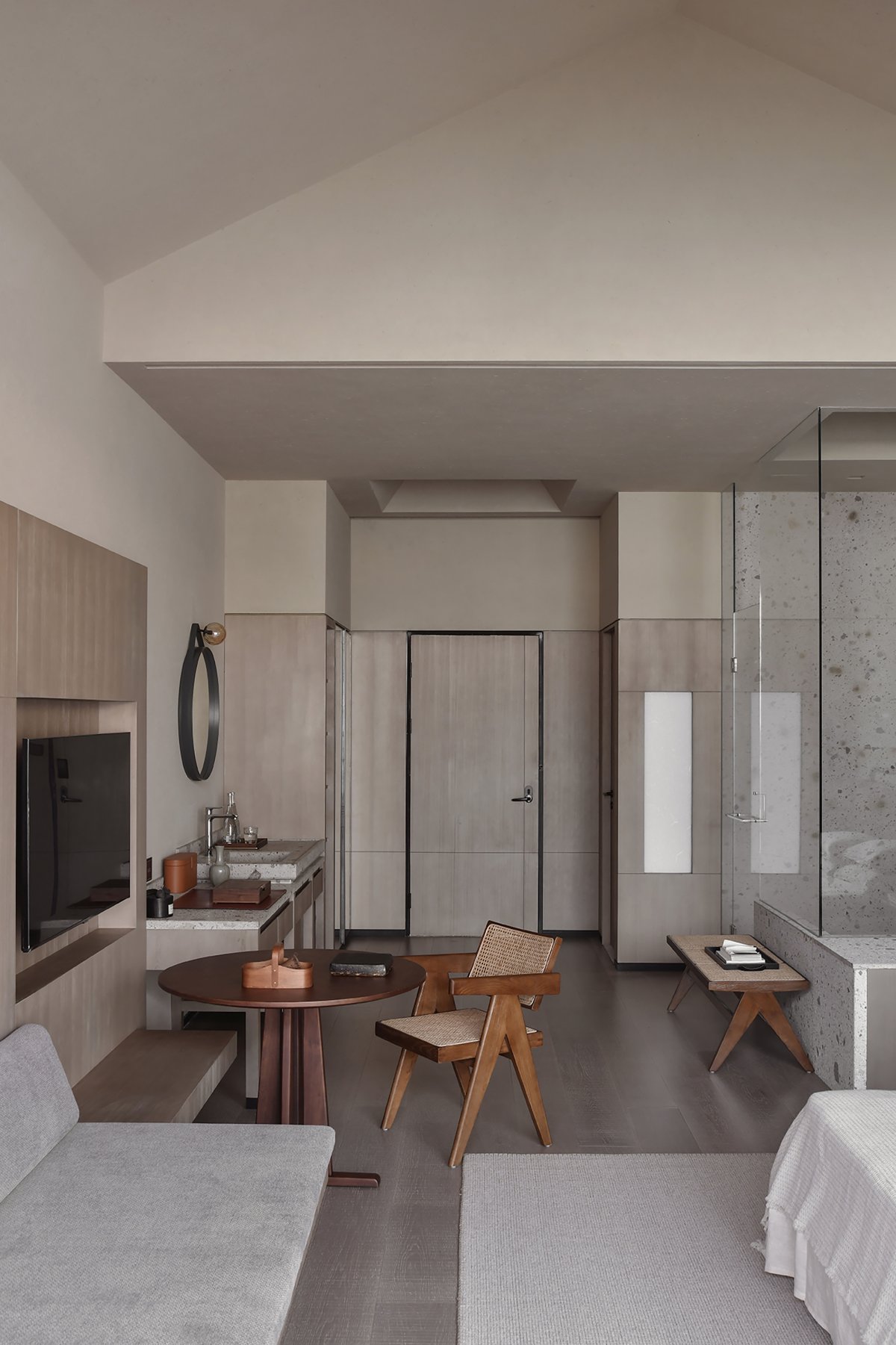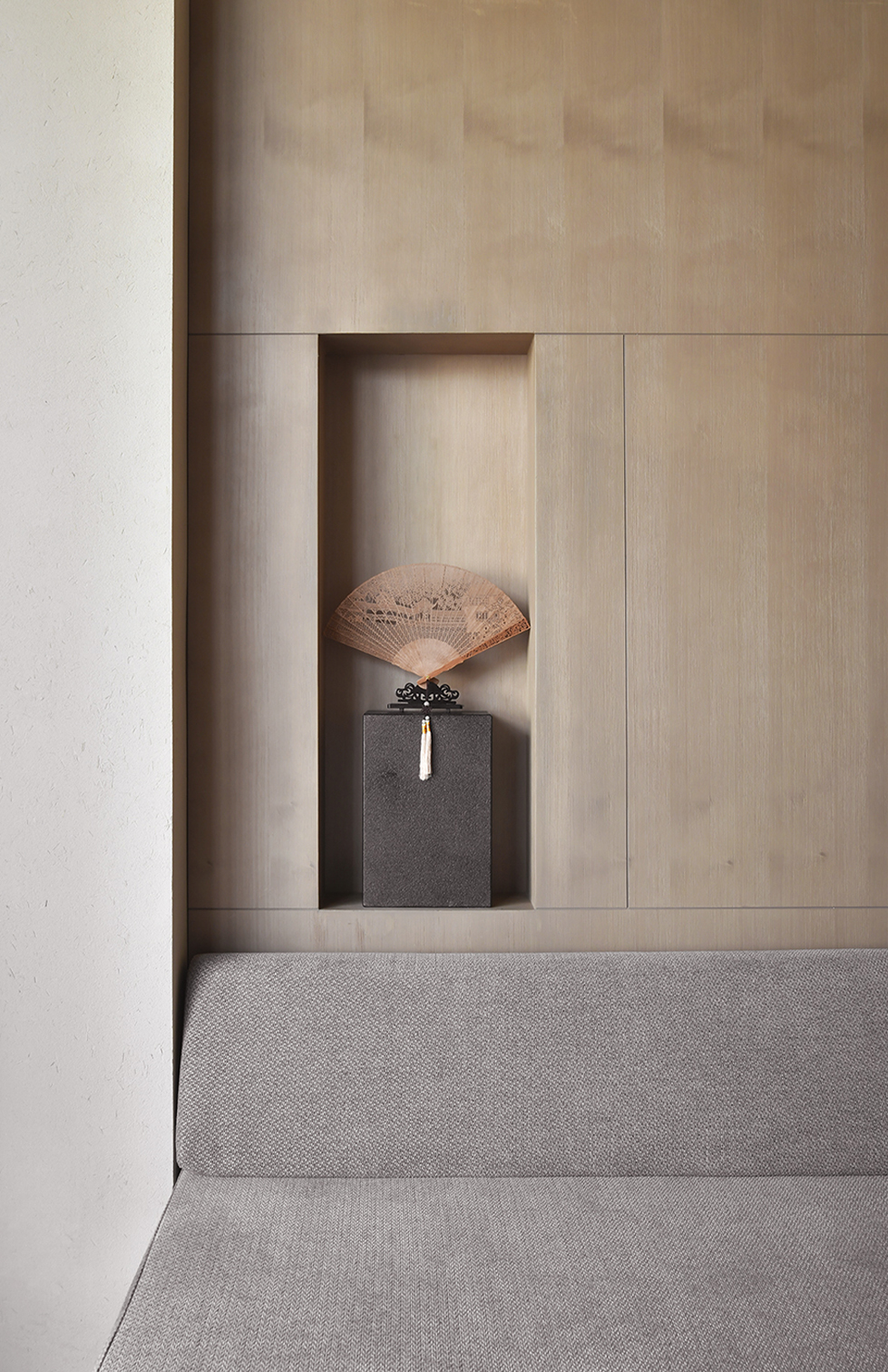
The project is located in an ancient water town in Jiangnan Region (Southern China), embracing local characteristic cultural context. Accompanied by the Naera Hotel and an organic ecological village, and based on the rich culture and multiple commercial operations on the site, it creates a diversified living scene and vacation experience that conform to the contemporary trend, and establishes an aesthetic dialogue among living space, art, landscape and nature.
The buildings around the site adopt the spatial pattern of “vertical courtyard”. In response to these main buildings, the project outlines a three-dimensional space with Jiangnan features, which balances modern and ancient elements and meets both living and socializing needs. The “emptiness” between buildings is settled through gardening techniques. Surrounded by plants, irregularly-cut stones pave a winding pathway at the outdoor area, echoing the pavilion and building on the site. The internal “pavilion” inside the reception area functions as a miniature art gallery, where only one painting is exhibited on the wall at a time.The entrance achieves a subtle balance between “openness” and “closeness”, and utilizes a twisting circulation route to attract people to explore.
The connection between inside and outside is strengthened by staggered openings with different sizes. The archaized and harmonious ambience brought by various things, the greenery of the courtyard, overlapping layers and multiple dimensions blur the boundary between human and nature, and meanwhile enhance immersive feelings. The fragrance of wood and stone grains adds a varying aesthetic to the space as time passes by. The plants picked from wild mountains become decorations, the moisture, color and form of which change with time. The original introverted and gentle beauty of objects is intensified, producing a soothing atmosphere. The placement of each object is elaborately considered, which builds a dialogue with the space. The visual composition is combined with the spatial narratives. The imagery of mountain and water is mirrored by objects, closely interacting with daily life.
With sunshine and shadows slanting through the interior, the spatial experience changes with time. As daylight decreases at night, overlapping shadows appear. The project innovatively integrates architecture, landscape and space, not only highlighting the traditional culture of the ancient town, but also realizing the interpenetration of interior and outdoor spaces. It creates unique living and experiential scenes awash with the charm of time and vitality, turning busy daily life into an ever-lasting artwork.
- Interiors: Nature Times Design
- Styling: Nature Times Design
- Photos: Xu Xiaodong

